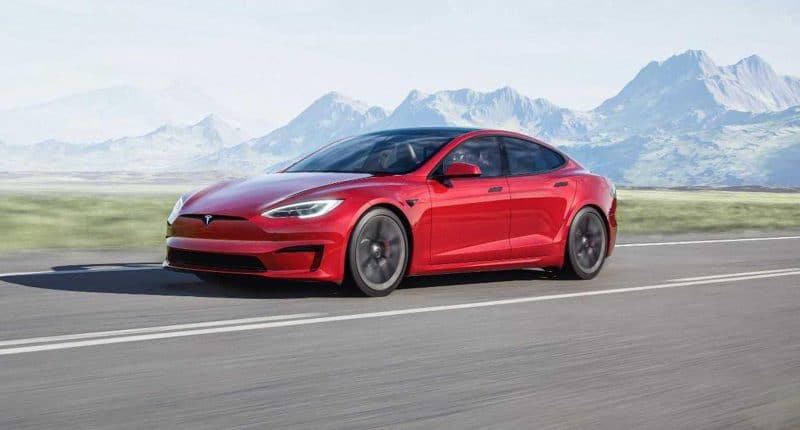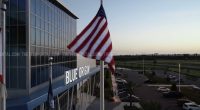Autopilot on cars still sounds like science fiction, but over the years, we have been inching closer and closer to self driving cars. Tesla has been on the forefront of this innovation, and is well known for its ‘almost’ self deiving cars. However, even the Elon Musk led company-usually a pioneer, has not been able to achieve perfection. Tesla’s Autopilot system has been the cynosure of many eyes after being responsible for nearly a dozen collisions with first-responder vehicles while it was engaged. This time, the authorities are stepping up, as the National Highway Traffic Safety Administration (NHTSA) has initiated an investigation of the Autopilot system.
The formal investigation follows no less than nearly 7,65,000 vehicles spanning across the Tesla Models Y, X, S, and 3 – 11 crashes with parked first responder vehicles since January 2018, which resulted in 17 injuries and one fatality. Most of these incidents took place after dark and occurred despite the presence of “scene control measures” like emergency vehicle lights and road cones. It seems that the famed Autopilot system has trouble spotting parked emergency vehicles.
“The involved subject vehicles were all confirmed to have been engaged in either Autopilot or Traffic-Aware Cruise Control during the approach to the crashes,” the Office of Defects Investigation said in a summary of the preliminary probe.
The Autopilot system may be a revolutionary technology, but it still requires drivers to keep their hands on the steering wheel in case they need to take over at any point – the system jeeps the vehicle in the center of the lane and maintains speed when it is active in its Operational Design Domain (ODD). It has come under the radar of the NHTSA for quite some time, one of the more recent incidents occurring in April that resulted in the death of two passengers after a Tesla S vehicle, which was believed to have the Autopilot mode on, crashed into a tree and caught fire. The Autopilot system also resulted in the sole fatality in 2016.
Investigative teams have been sent to 31 crashes involving partially automated driver-assist systems since June of 2016, and 25 of these crashes involving Tesla’s Autopilot system.
According to investigation documents on the website of the NHTSA, the investigation is set to assess the technologies and methods used to monitor, assist, and enforce the driver’s engagement with the dynamic driving task during the operation of the Autopilot system.
In fact, the NHTSA had issued an order in June that required automakers to report crashes involving vehicles equipped with ADAS or Levels 3-5 of automated driving systems.
The Autopilot system has also been abused by Tesla drivers over time, something which prompted the company to take steps including the activation of cameras to monitor whether the drivers were paying attention to the road while using Autopilot, and so on.
It has to be noted that while the Autopilot system is said to be safer than actual drivers, human intervention is needed once in a while during special circumstances.
The Tech Portal is published by Blue Box Media Private Limited. Our investors have no influence over our reporting. Read our full Ownership and Funding Disclosure →






